Home>Gardening & Outdoor>Landscaping Ideas>What Does Annual Grass Mean
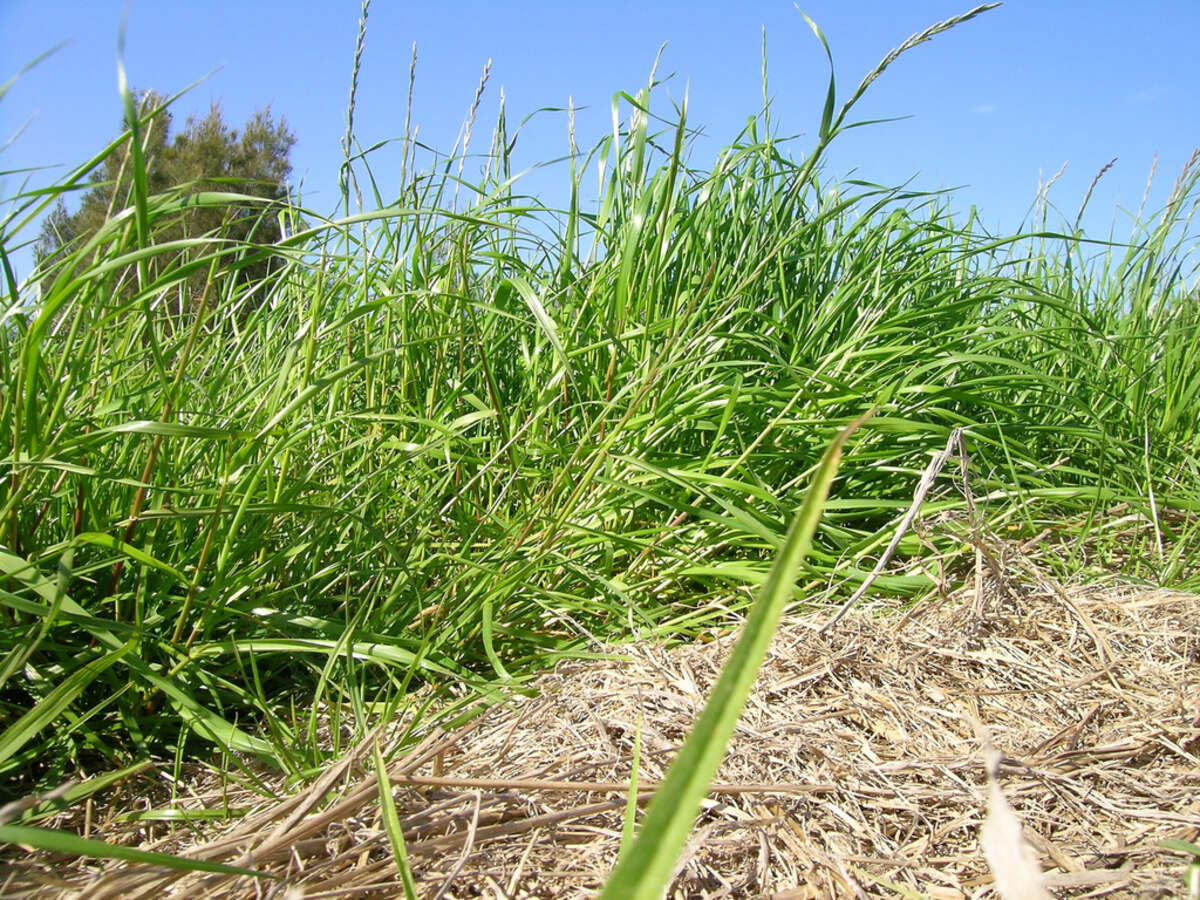

Landscaping Ideas
What Does Annual Grass Mean
Modified: February 18, 2024
Learn about annual grass and how to incorporate it into your landscaping ideas. Discover the benefits and best practices for using annual grass in your outdoor space. Explore creative landscaping ideas with annual grass.
(Many of the links in this article redirect to a specific reviewed product. Your purchase of these products through affiliate links helps to generate commission for Storables.com, at no extra cost. Learn more)
Introduction
Landscaping is a beautiful and rewarding endeavor, offering a myriad of options to transform outdoor spaces into stunning natural sanctuaries. Whether you're a seasoned gardener or just starting to explore the world of landscaping, understanding the role of annual grass can significantly enhance your ability to create vibrant and dynamic outdoor environments.
Annual grasses play a crucial role in landscaping, offering a versatile and visually appealing addition to any garden or outdoor space. These grasses are known for their rapid growth and vibrant foliage, making them an excellent choice for adding texture, color, and movement to landscapes. Understanding the characteristics, benefits, and uses of annual grass can empower you to make informed decisions when designing and maintaining your outdoor spaces.
In this comprehensive guide, we will delve into the world of annual grass, exploring its definition, key characteristics, common types, benefits, uses, and effective control methods. By the end of this journey, you will have gained valuable insights into the fascinating realm of annual grass, equipping you with the knowledge to elevate your landscaping endeavors to new heights. So, let's embark on this enlightening exploration of annual grass and discover the wonders it holds for landscaping enthusiasts and nature lovers alike.
Key Takeaways:
- Annual grasses complete their life cycle in one year, offering rapid growth, vibrant colors, and diverse textures for landscaping. They play a crucial role in erosion control, wildlife habitat, and visual enhancement in outdoor spaces.
- To manage annual grasses, landscapers can employ cultural practices, mechanical removal, targeted herbicide application, and integrated management approaches. Understanding their benefits and uses empowers sustainable landscaping and environmental stewardship.
Read more: When Does Annual Ryegrass Die
Definition of Annual Grass
Annual grass refers to a category of grass species that complete their life cycle within a single growing season. Unlike perennial grasses, which persist year after year, annual grasses germinate, grow, flower, set seed, and die within the span of one year. This distinctive life cycle makes annual grasses valuable for various landscaping and agricultural applications, offering rapid growth and an infusion of vibrant colors and textures to outdoor spaces.
These grasses are known for their resilience and adaptability, thriving in a wide range of environments and soil conditions. Their ability to quickly establish and produce an abundance of seeds makes them valuable for reseeding disturbed areas, providing erosion control, and enhancing the ecological diversity of landscapes.
Annual grasses encompass a diverse array of species, each with unique characteristics and growth habits. From the delicate and graceful foxtail barley (Hordeum jubatum) to the striking crimson fountain grass (Pennisetum setaceum), annual grasses offer a rich tapestry of visual interest and ecological benefits.
Understanding the definition of annual grass lays the foundation for appreciating its role in landscaping and ecosystem dynamics. As we delve deeper into the characteristics, types, and uses of annual grass, you will gain a holistic understanding of the immense value these grasses bring to outdoor environments, inspiring creativity and innovation in landscaping endeavors.
Characteristics of Annual Grass
Annual grasses exhibit a distinctive set of characteristics that contribute to their versatility and appeal in landscaping and ecological restoration. These traits make them valuable additions to outdoor spaces, offering a dynamic range of textures, colors, and growth habits. Understanding the key characteristics of annual grasses provides valuable insights into their potential uses and benefits in various landscaping applications.
Rapid Growth: One of the defining characteristics of annual grasses is their rapid growth rate. These grasses germinate quickly and establish robust root systems, enabling them to proliferate and cover bare ground efficiently. Their vigorous growth makes them valuable for filling in empty spaces and creating lush, verdant landscapes within a short timeframe.
Color Diversity: Annual grasses encompass a broad spectrum of colors, ranging from vibrant greens to deep reds and purples. This diverse color palette adds visual interest and dimension to outdoor environments, allowing landscapers to create captivating and dynamic compositions. Whether used as ornamental features or as part of naturalistic plantings, the varied hues of annual grasses contribute to the overall aesthetics of landscapes.
Texture and Form: The texture and form of annual grasses vary widely, offering a rich tapestry of visual and tactile experiences. From fine, delicate blades to feathery plumes and cascading foliage, these grasses introduce an array of textures that enhance the sensory appeal of outdoor spaces. Their diverse forms enable landscapers to create visually engaging contrasts and complement other plantings within the landscape.
Seed Production: Annual grasses are prolific seed producers, contributing to their resilience and ability to colonize disturbed areas. The abundance of seeds ensures the potential for self-seeding, allowing these grasses to perpetuate and naturalize within suitable habitats. This characteristic makes annual grasses valuable for ecological restoration, erosion control, and the establishment of diverse plant communities.
By recognizing and appreciating these characteristics, landscapers and gardening enthusiasts can harness the unique attributes of annual grasses to create captivating and sustainable outdoor spaces. As we explore the common types, benefits, and uses of annual grasses, you will gain a deeper understanding of how these characteristics contribute to their significance in landscaping and environmental stewardship.
Common Types of Annual Grass
Annual grasses encompass a diverse array of species, each offering unique visual appeal and ecological benefits. From graceful ornamental grasses to hardy, resilient species with valuable practical applications, the world of annual grasses presents a rich tapestry of options for landscaping and ecosystem restoration. Exploring some of the common types of annual grasses provides valuable insights into their distinct characteristics and potential uses in outdoor environments.
Foxtail Barley (Hordeum jubatum): This annual grass features graceful, nodding seed heads that resemble the bushy tails of foxes, lending it a whimsical and enchanting appearance. It thrives in a variety of soil types and is often used for erosion control and reseeding disturbed areas due to its rapid growth and resilience.
Crimson Fountain Grass (Pennisetum setaceum): With its striking burgundy foliage and feathery plumes, this ornamental grass adds a touch of drama and elegance to landscapes. It is commonly utilized in decorative plantings, providing a bold contrast to greenery and serving as a focal point in garden beds and borders.
Annual Ryegrass (Lolium multiflorum): Known for its rapid establishment and lush, emerald green foliage, annual ryegrass is valued for its quick coverage of bare ground and its ability to enhance soil stability. It is often employed as a temporary ground cover, particularly in reclamation and overseeding projects.
Barnyard Grass (Echinochloa crus-galli): This robust annual grass is characterized by its upright growth habit and dense inflorescences. It is commonly found in wetland habitats and is beneficial for wildlife, providing food and cover for various bird species. Its adaptability to moist soils makes it a valuable component of naturalistic wetland and riparian plantings.
Crabgrass (Digitaria spp.): Widely recognized for its resilience and ability to thrive in diverse conditions, crabgrass is often considered a weed in lawns and managed landscapes. However, its tenacious growth and prolific seeding make it valuable for stabilizing soil in disturbed areas and contributing to the ecological succession of plant communities.
By familiarizing yourself with these common types of annual grasses, you can expand your repertoire of landscaping options and make informed decisions when selecting plantings for your outdoor spaces. The diverse characteristics and ecological roles of these grasses offer a wealth of creative possibilities, inspiring innovative and sustainable approaches to landscaping and environmental stewardship.
Annual grass refers to a type of grass that completes its life cycle in one year. This means it grows, flowers, produces seeds, and then dies within a year. Examples include crabgrass and foxtail.
Benefits and Uses of Annual Grass
Annual grasses offer a host of benefits and serve diverse purposes in landscaping, ecological restoration, and agricultural practices. Their unique attributes and growth habits make them valuable assets in creating visually captivating outdoor environments and contributing to the ecological resilience of landscapes. Understanding the benefits and uses of annual grasses provides valuable insights into their multifaceted roles and the potential they hold for enhancing outdoor spaces.
Erosion Control: The rapid germination and vigorous growth of annual grasses make them effective agents for stabilizing soil and preventing erosion. Their extensive root systems bind the soil, reducing the risk of sediment runoff and land degradation. In areas prone to erosion, such as construction sites and sloped landscapes, annual grasses play a crucial role in preserving soil integrity and mitigating the impacts of water and wind erosion.
Wildlife Habitat: Many annual grasses provide essential food and shelter for wildlife, contributing to the biodiversity and ecological balance of natural habitats. Seeds, foliage, and structure of annual grasses support diverse insect populations, small mammals, and birds, enriching the ecological tapestry of landscapes. By incorporating these grasses into naturalistic plantings and wildlife-friendly gardens, landscapers can foster thriving ecosystems and support local fauna.
Visual Interest and Texture: Annual grasses add visual intrigue and textural diversity to landscapes, enhancing the aesthetic appeal of outdoor spaces. Their varied forms, colors, and growth habits create captivating contrasts and complement other plantings, contributing to the overall beauty and dynamism of garden beds, borders, and naturalistic plantings. Whether used as ornamental features or as part of functional green spaces, annual grasses enrich the visual and sensory experience of outdoor environments.
Ecological Restoration: In degraded or disturbed landscapes, annual grasses play a vital role in initiating ecological succession and restoring vegetative cover. Their rapid establishment and seed production contribute to the reestablishment of diverse plant communities, laying the groundwork for the recovery of ecosystems. By facilitating the natural regeneration of vegetation, annual grasses support the rehabilitation of habitats and the enhancement of ecological resilience.
By harnessing the benefits and uses of annual grasses, landscapers, conservationists, and gardening enthusiasts can leverage the unique attributes of these grasses to create sustainable, biodiverse, and visually captivating outdoor spaces. As we explore effective methods for controlling annual grasses, you will gain a comprehensive understanding of their integration into diverse landscaping and environmental stewardship initiatives.
Read more: What Does Patio Mean
How to Control Annual Grass
While annual grasses offer numerous benefits, their prolific growth and seeding habits can lead to challenges in landscaping and agricultural settings. Controlling the spread of annual grasses is essential for maintaining the integrity of desired plant communities and preventing the dominance of invasive species. By employing effective control methods, landscapers and land managers can manage annual grass populations and promote the establishment of diverse and balanced ecosystems.
Cultural Practices: Implementing cultural practices that promote the growth of desirable plant species can help suppress the proliferation of annual grasses. These practices include maintaining healthy soil fertility, promoting diverse plantings, and employing appropriate irrigation and mulching techniques. By creating optimal growing conditions for desired vegetation, landscapers can reduce the competitive advantage of annual grasses and encourage the establishment of balanced plant communities.
Mechanical Removal: Hand-pulling or mowing annual grasses before they set seed can effectively limit their spread and prevent the buildup of seed banks in the soil. Regular monitoring and prompt removal of emerging annual grass seedlings can prevent their establishment and reduce the need for more intensive control measures. In agricultural settings, mechanical cultivation and tilling can disrupt the growth of annual grasses and facilitate the establishment of desired crops or plantings.
Herbicide Application: When cultural and mechanical methods are insufficient to manage annual grass populations, targeted herbicide applications can provide effective control. Selective herbicides designed to target annual grass species while preserving desirable vegetation can be applied according to specific timing and dosage recommendations. Careful consideration of environmental factors and adherence to application guidelines are essential to minimize the impact on non-target plants and ecosystems.
Integrated Management Approaches: Integrating multiple control methods, such as combining cultural practices with targeted herbicide applications or mechanical removal, can enhance the effectiveness of annual grass control. This integrated approach maximizes the impact on annual grass populations while minimizing the reliance on any single control method. By strategically combining diverse management tactics, landscapers can achieve sustainable and balanced control of annual grasses in various settings.
By implementing these control methods in a proactive and strategic manner, landscapers, land managers, and agricultural professionals can effectively manage annual grass populations and promote the establishment of diverse and resilient plant communities. Understanding the nuances of annual grass control empowers individuals to navigate the complexities of landscape management and environmental stewardship, fostering sustainable and thriving outdoor spaces.
Conclusion
Exploring the realm of annual grasses unveils a world of vibrant colors, dynamic textures, and ecological significance, offering a wealth of opportunities for landscaping, ecological restoration, and agricultural practices. These resilient and versatile grasses contribute to the visual appeal and ecological resilience of outdoor environments, enriching landscapes with their rapid growth and diverse characteristics.
From the whimsical foxtail barley to the dramatic crimson fountain grass, the diverse types of annual grasses provide a rich tapestry of options for creating captivating and sustainable outdoor spaces. Their rapid growth, color diversity, and prolific seeding make them valuable assets for erosion control, wildlife habitat enhancement, and visual enhancement in gardens and naturalistic plantings.
Understanding the benefits and uses of annual grasses empowers landscapers, conservationists, and gardening enthusiasts to harness the unique attributes of these grasses, fostering biodiverse, visually captivating, and resilient outdoor environments. By integrating effective control methods and cultural practices, individuals can manage annual grass populations and promote the establishment of balanced and thriving plant communities, ensuring the long-term sustainability of landscapes and ecosystems.
As you embark on your landscaping endeavors, consider the invaluable role that annual grasses play in shaping the beauty and ecological vitality of outdoor spaces. Embrace their diversity, harness their resilience, and celebrate their contributions to the tapestry of nature. By incorporating annual grasses into your landscapes, you embark on a journey of creativity, sustainability, and stewardship, enriching the world around you with the vibrant spirit of these remarkable grasses.
So, let the allure of annual grasses inspire your landscaping visions, and may your outdoor spaces flourish with the dynamic beauty and ecological harmony that these remarkable grasses bring.
Frequently Asked Questions about What Does Annual Grass Mean
Was this page helpful?
At Storables.com, we guarantee accurate and reliable information. Our content, validated by Expert Board Contributors, is crafted following stringent Editorial Policies. We're committed to providing you with well-researched, expert-backed insights for all your informational needs.

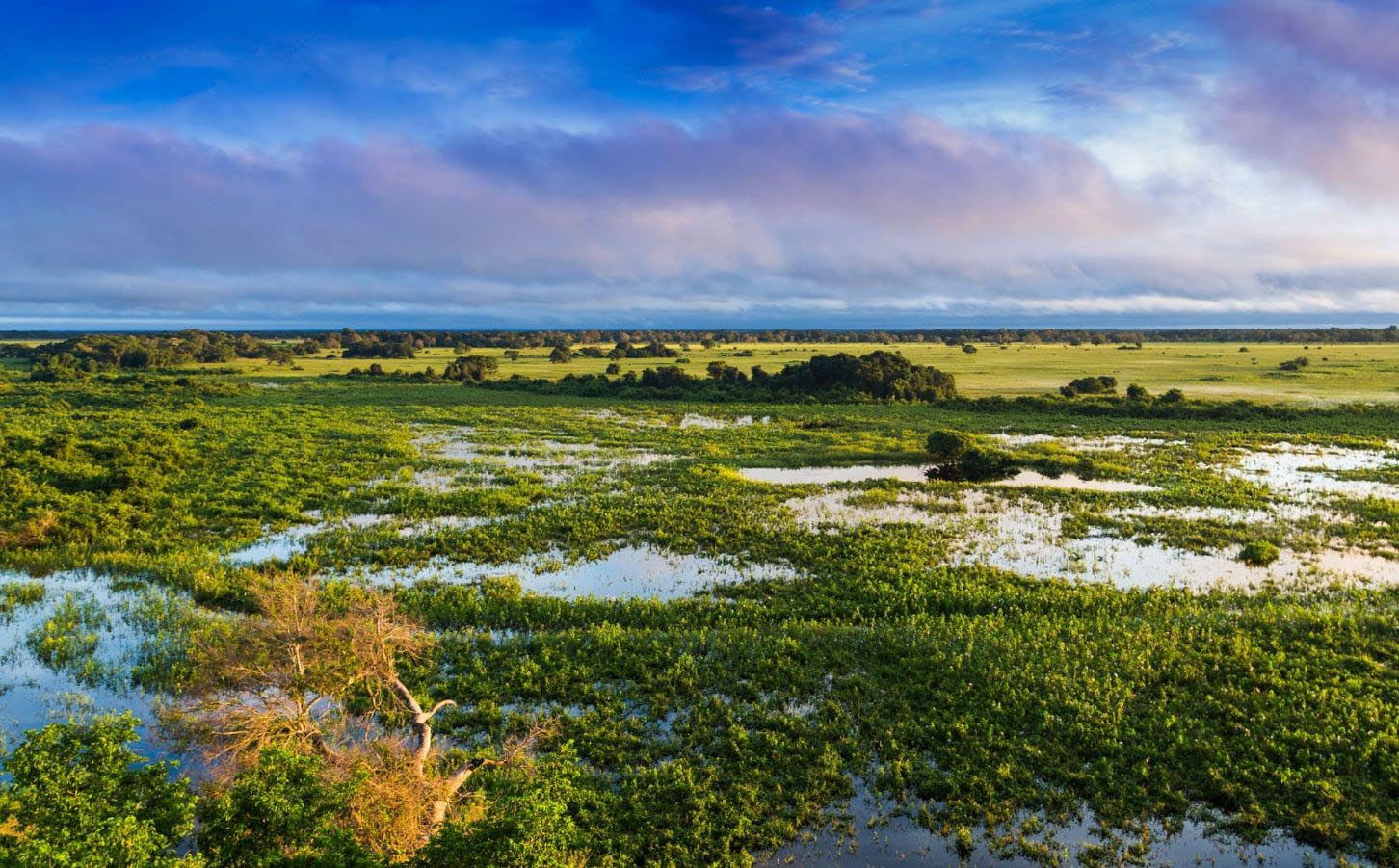
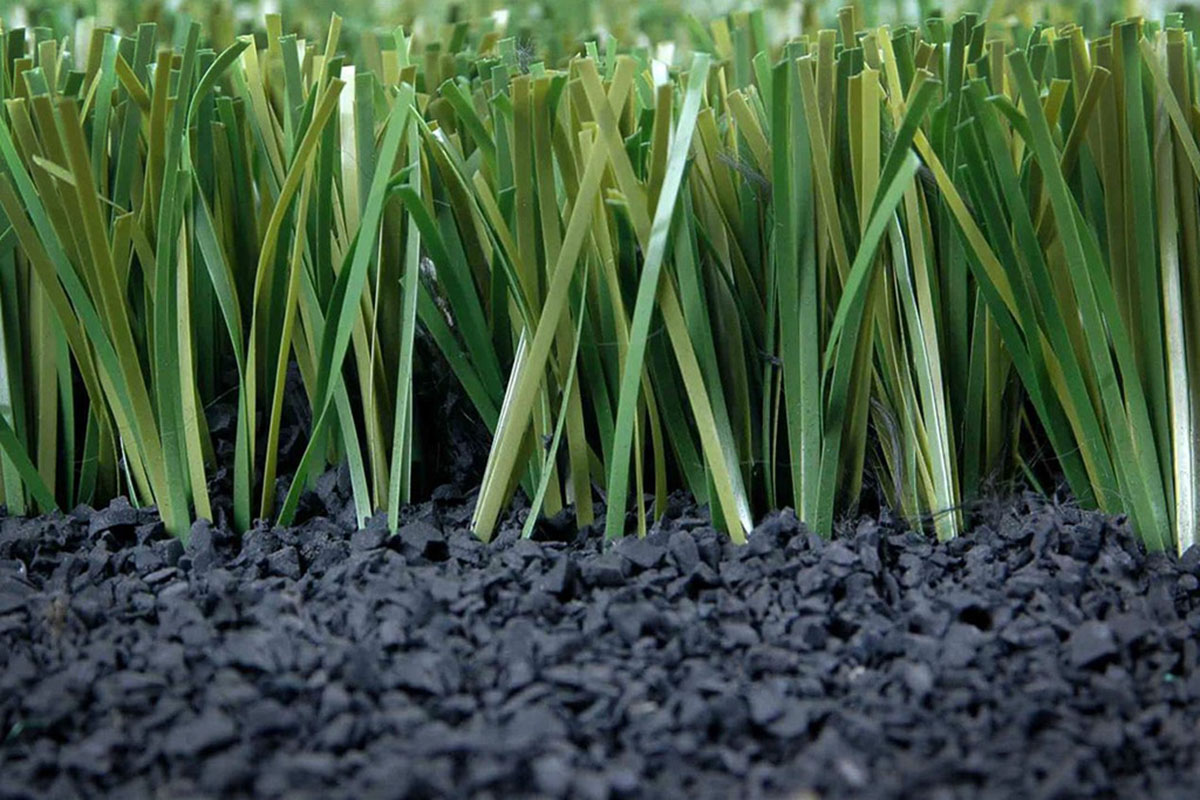
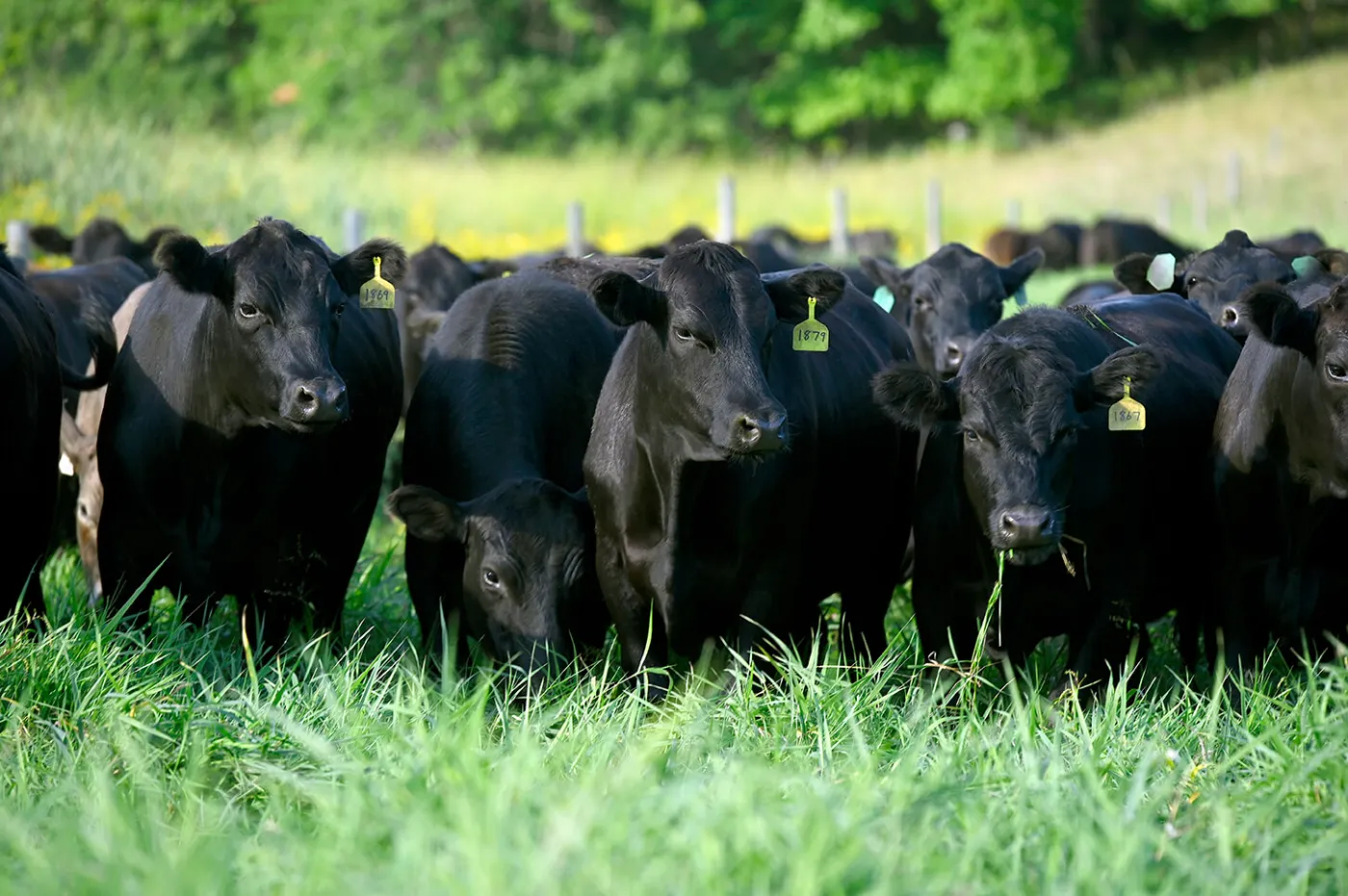



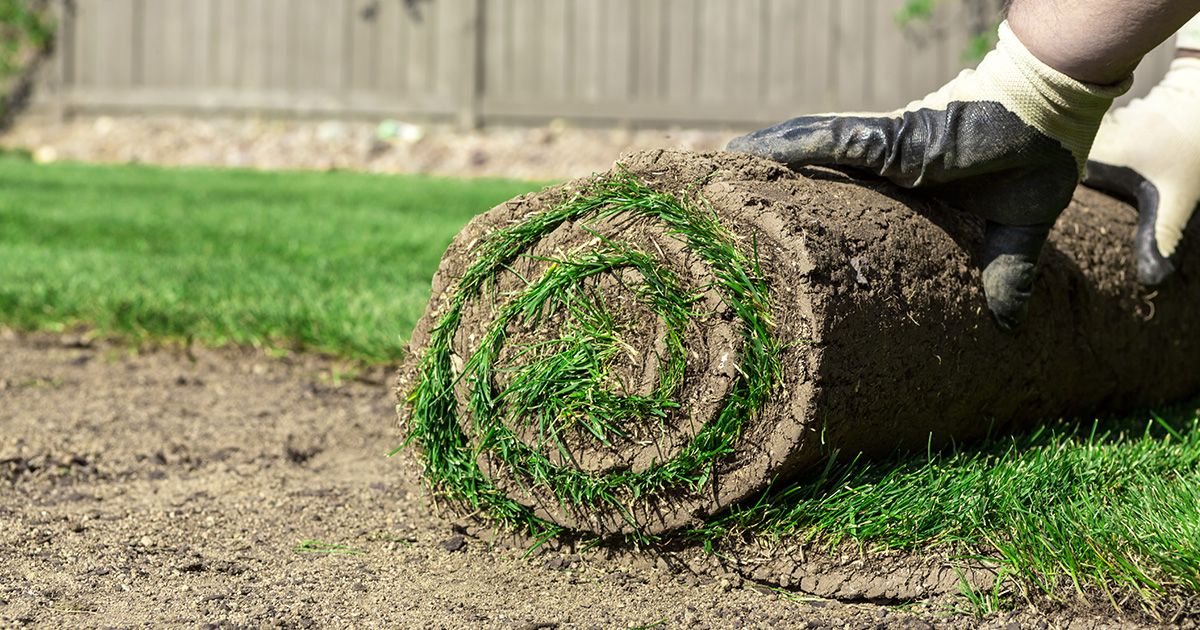







0 thoughts on “What Does Annual Grass Mean”